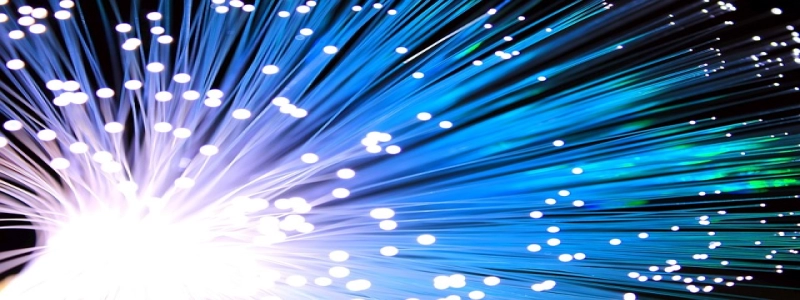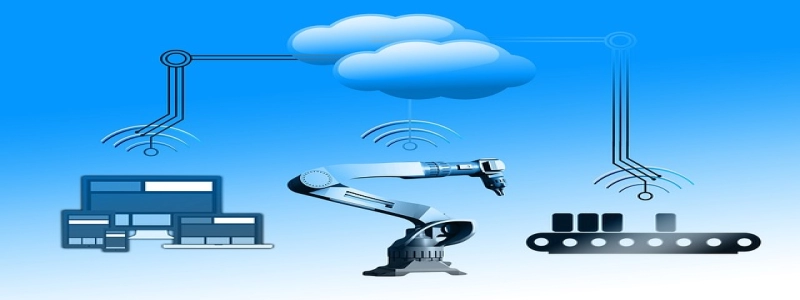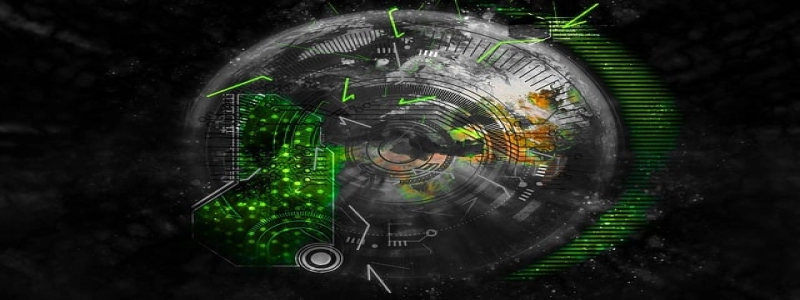Ethernet Cable
Invoering:
Ethernet cables are widely used in networking to connect devices such as computers, routers, and switches. They are essential for transmitting data and providing a stable and reliable internet connection. In dit artikel, we will explore the different types of ethernet cables and their functions.
I. Types of Ethernet Cables:
1. Category 5e (Cat5e) Cable:
– This type of cable supports data transfer speeds of up to 1000 Mbps (1 Gbps).
– It is suitable for basic internet usage and is commonly used in homes and small businesses.
2. Categorie 6 (Cat6) Cable:
– Cat6 cables offer improved performance compared to Cat5e cables.
– They can handle data transfer speeds of up to 10 Gbps and are recommended for high-speed internet connections.
– Cat6 cables are commonly used in offices, data centers, and gaming setups.
3. Category 6a (Cat6a) Cable:
– Cat6a cables provide even better performance and bandwidth than Cat6 cables.
– They can support data transfer speeds of up to 10 Gbps over longer distances.
– Cat6a cables are commonly used in professional installations, such as large office buildings and enterprise networks.
4. Categorie 7 (Cat7) Cable:
– Cat7 cables are designed to support data transfer speeds of up to 10 Gbps.
– They have better shielding to minimize signal interference and crosstalk.
– Cat7 cables are used in environments where high data speeds and maximum reliability are required, such as data centers and server rooms.
II. Features and Benefits:
1. Speed and Bandwidth:
– Ethernet cables allow for fast and efficient data transmission, enabling quick access to online resources.
– The higher category cables provide faster data transfer speeds, making them ideal for demanding applications like streaming high-definition videos or online gaming.
2. Reliability:
– Ethernet cables provide a stable and reliable internet connection, reducing the chance of dropped connections or lag.
– The better shielding of higher category cables ensures minimal interference and crosstalk, resulting in a more dependable network connection.
3. Compatibility:
– Ethernet cables are compatible with a wide range of devices, including computers, routers, gaming consoles, and smart TVs.
– They can be easily connected and used in different configurations to meet specific networking needs.
III. Installation and Usage Tips:
1. Proper Cable Length:
– Choose the appropriate cable length for your network setup, ensuring that you have enough cable to reach from one device to another without excess length.
– Avoid excessive bending or stretching of the cable to prevent damage to the internal wiring.
2. Cable Management:
– Use cable management solutions, such as cable clips or Velcro straps, to organize and secure ethernet cables neatly.
– This helps to prevent tangling, tripping hazards, and potential damage to the cables.
3. Connectors and Crimping:
– Ensure that connectors are properly crimped onto the cable ends for a secure and reliable connection.
– Use a cable tester to verify the connections and ensure proper functionality.
Conclusie:
Ethernet cables play a crucial role in modern networking, providing fast and reliable data transmission between devices. The different types of cables offer varying speeds and performance levels, allowing users to choose the most suitable option for their specific needs. By following proper installation and usage tips, ethernet cables can contribute to a seamless and efficient network experience.








